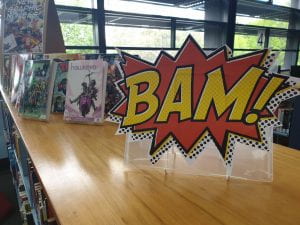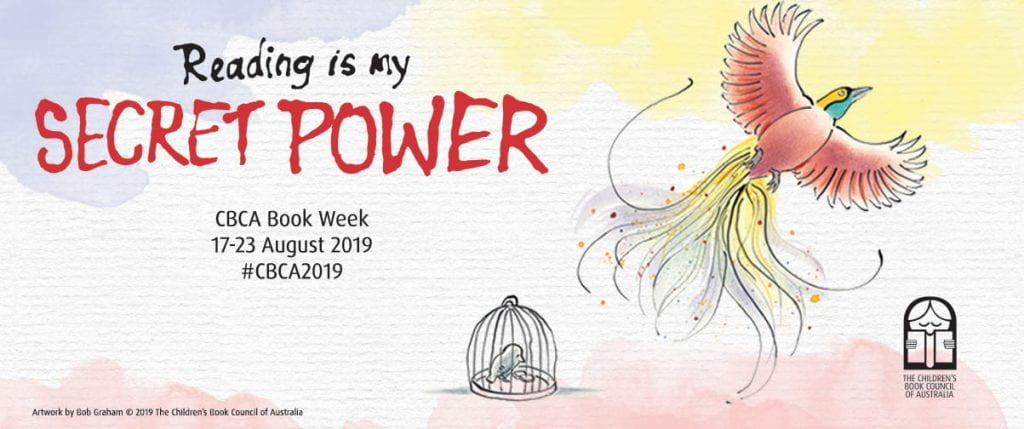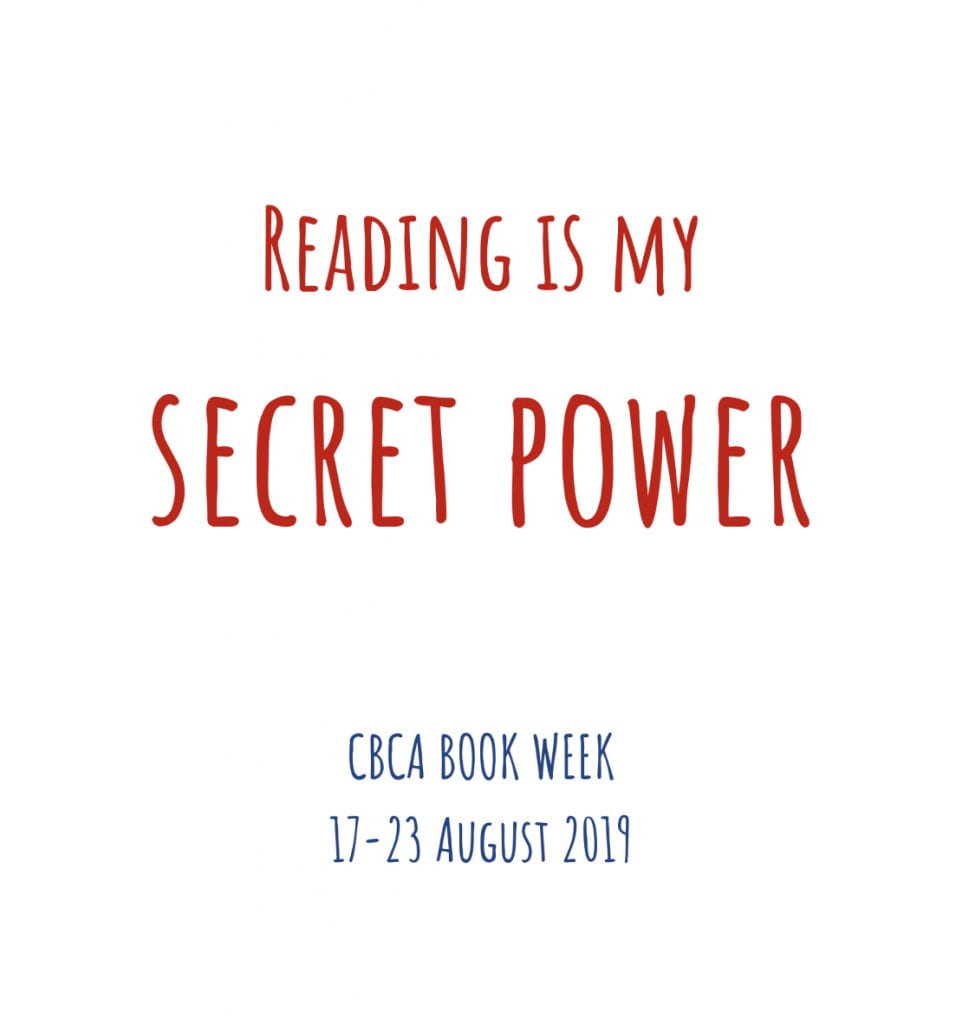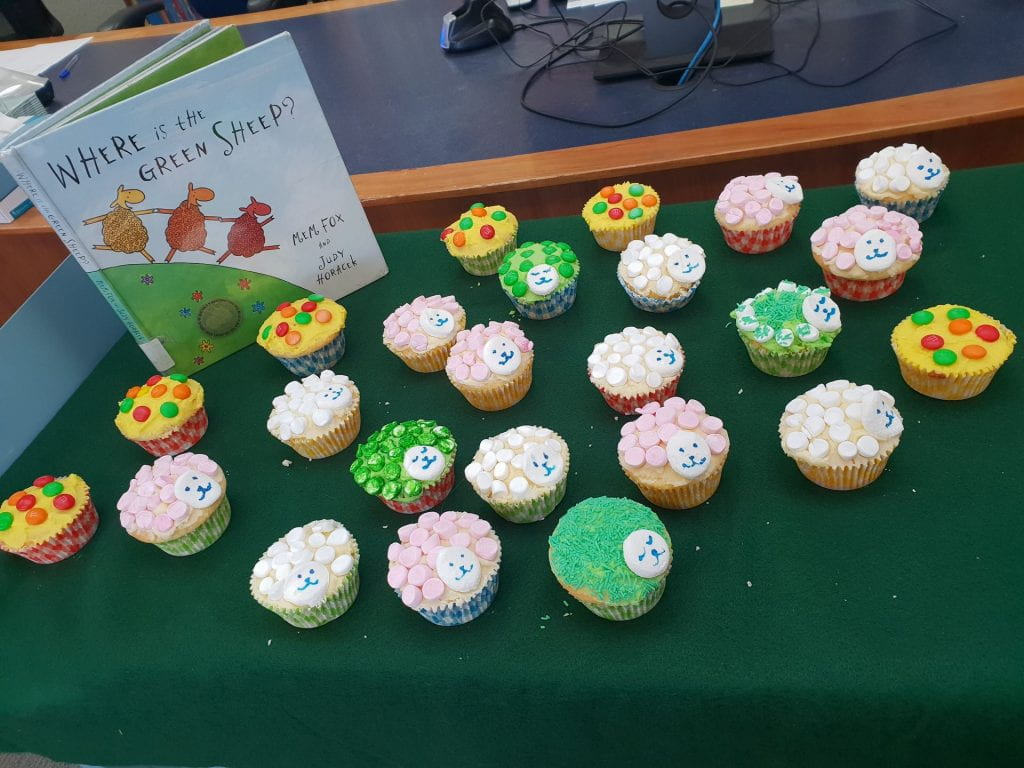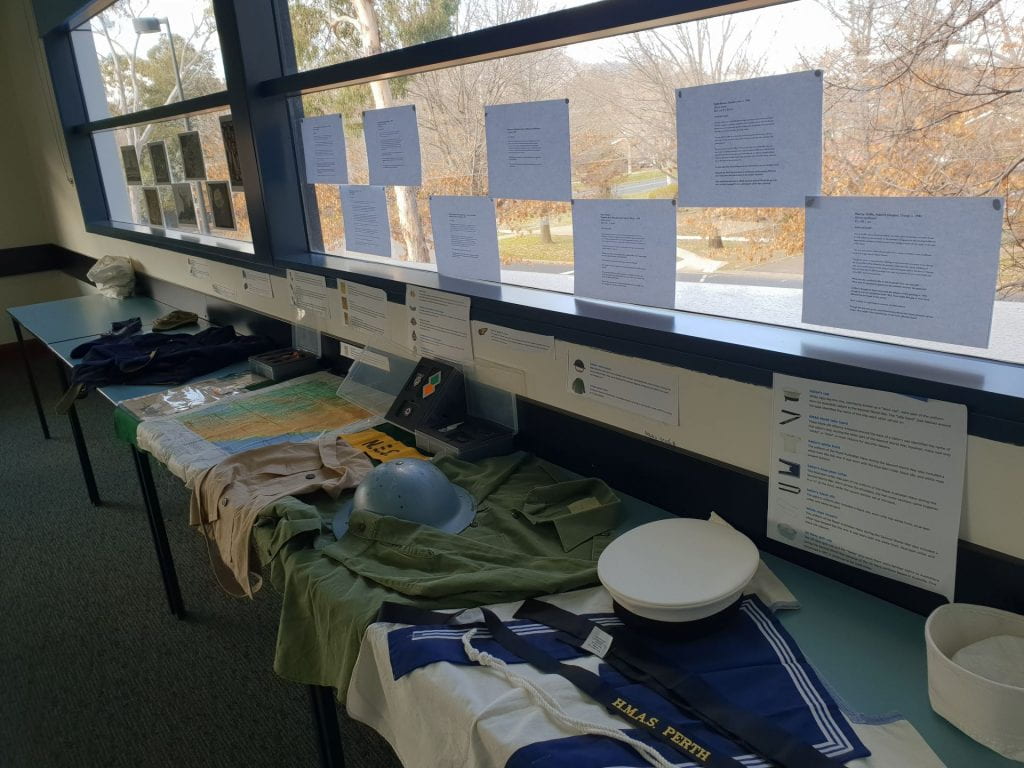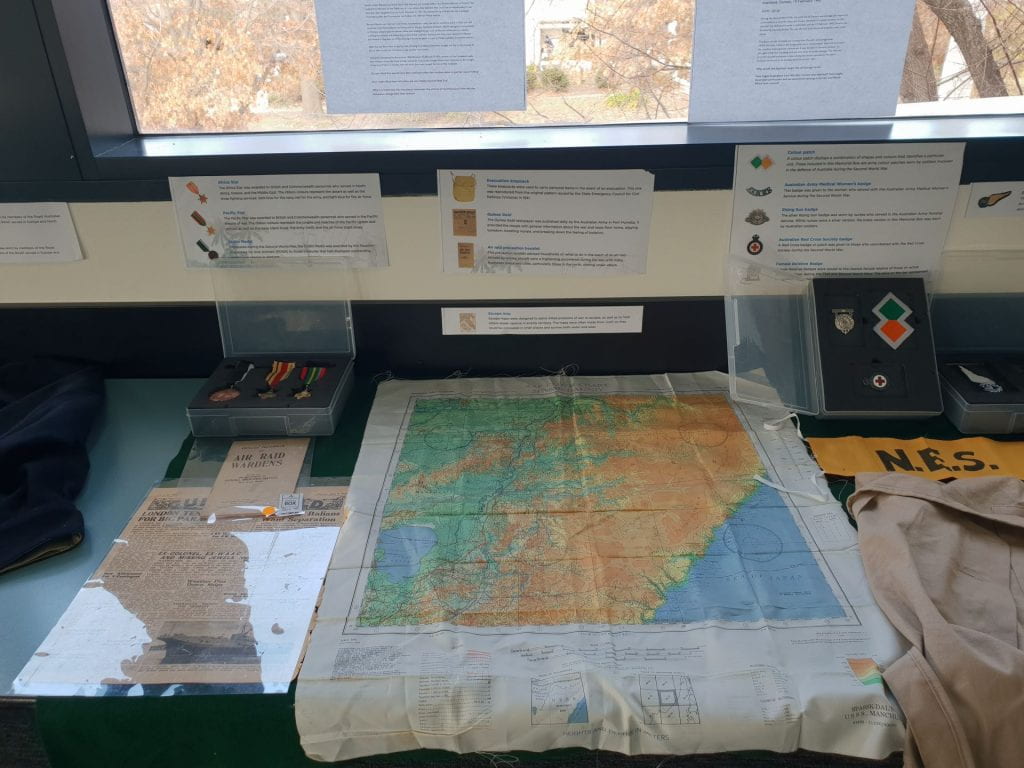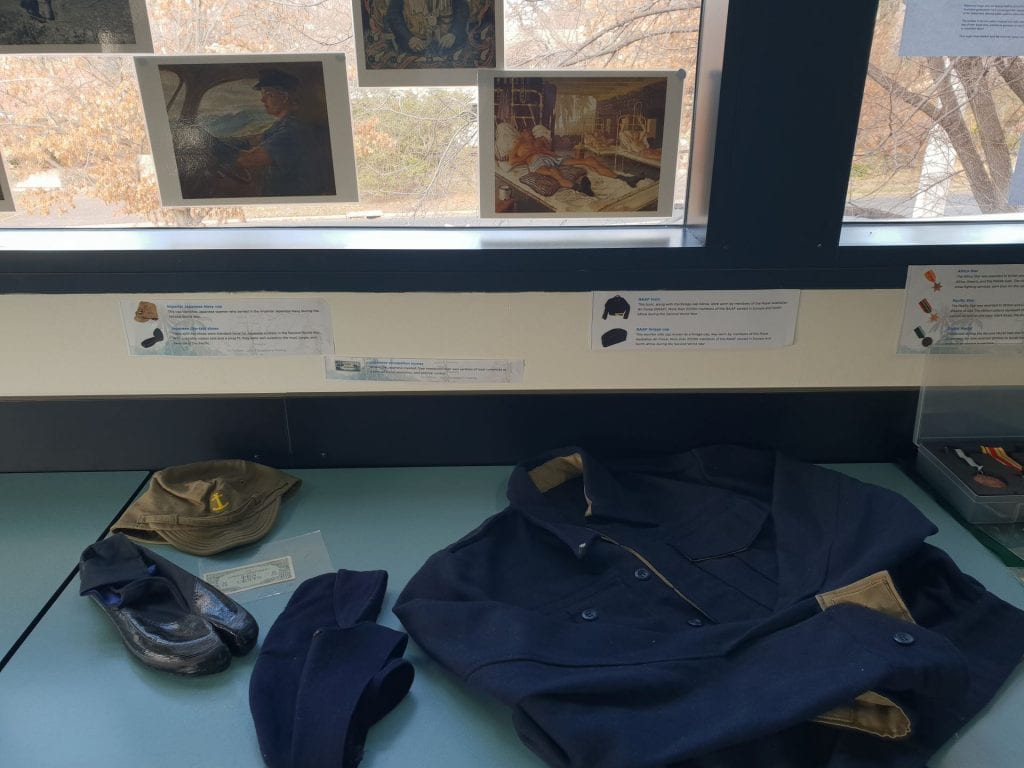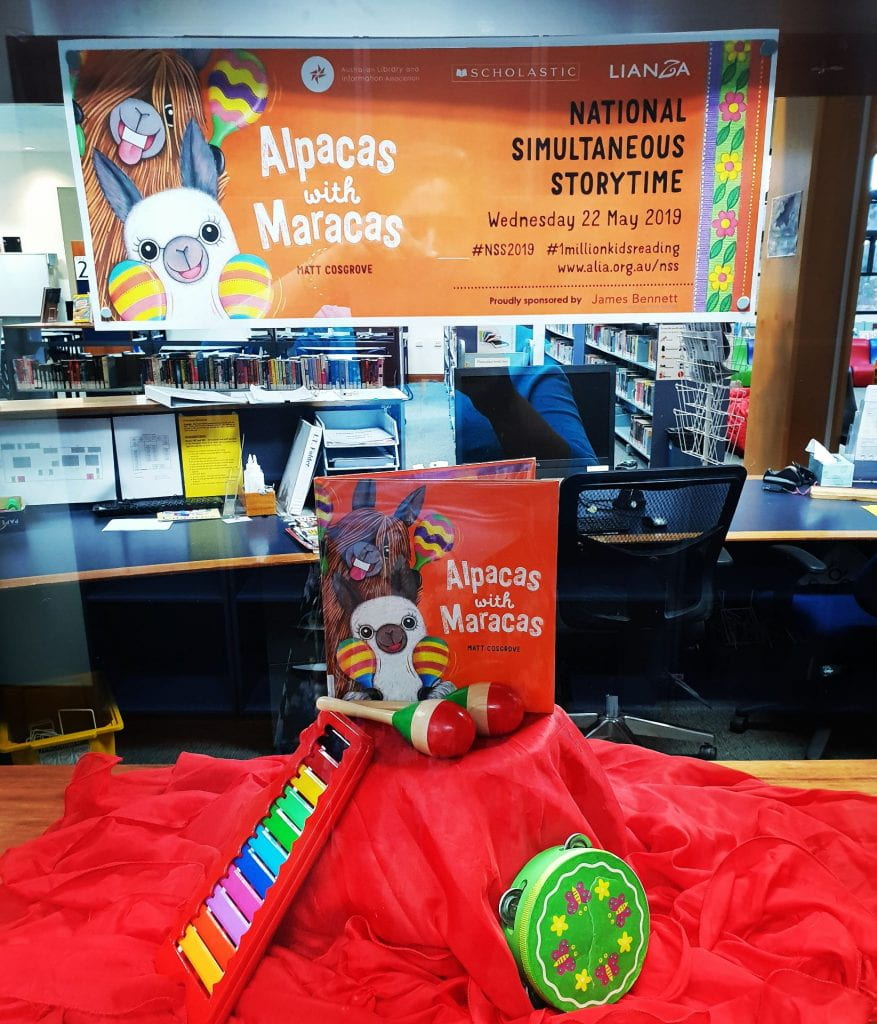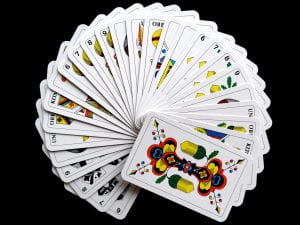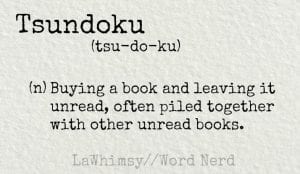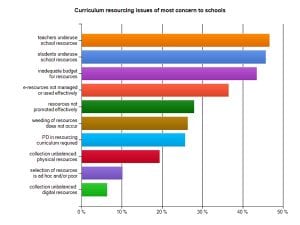My school library has recently acquired a variety of graphic novels, ranging from classics such as Harper Lee’s, “To Kill a Mockingbird” to swashbuckling tales of pirates, and fantastical stories of superheroes from the Avengers franchise. There are multiple reasons behind the acquisition of these resources; tacking reluctant readers engagement with reading, boosting traditional and multimodal literacy and addressing the needs of the curriculum.
Graphic novels have widespread appeal across generations. From adolescent reluctant readers to highly literate adult geeks, graphic novels can inspire a cult following. I can only chuckle when I reminisce about Sheldon Cooper and his obsession with comics in the popular TV series “Big Bang Theory”. The popularity seems to stem from the presence of popular genres such as Manga, funny and superhero comics and their use of contemporary characters (Crowley, 2015; Hughes et al., 2011). The Marvel and DC comic series in particular, have reached new zeniths in popularity due to the recent plethora of movies being released this decade.
Literacy teachers common use graphic novels as a method of engaging students who are reluctant readers boosting literacy. As mentioned in earlier blog posts, reluctant readers often struggle to engage with traditional texts for a multitude of reasons, most commonly, low literacy. Aliteracy or illiteracy, can preclude students from comprehending large text paragraphs (Crowley, 2015). Graphic novels with their text juxtapositioned with pictures format allows students to use visual stimuli to assist with decoding text (Cook & Kirchoff, 2017). The drawings create a tangible image for the reader allowing them to be captivated more easily by the narrative within. This engagement can often influence students with low literacy to become more prolific with their reading, which has a direct correlation to increased literacy and overall academic achievement. Due to their popularity and narrative style, graphic novels epitomise the adage, ‘reading for pleasure’. For schools with wide reading programs, a strong graphic novel investment is highly advised.
There are other benefits to adding graphic novels to a collection. The advent of the information age has demanded a strong requirement for students to be literate across modalities. Graphic novels with their images and text colligated together, confer visual, gestural and spatial elements simultaneously, causing the reader to engage with the material on multiple levels. As mentioned previously, graphic adaptations of class texts and other classics are extremely beneficial in engaging students as it is unfortunate that prescribed texts often seem to lack appeal with the student cohort. A graphic adaptation has the duality of both ENGAGING disinterested students and ASSISTING students with DIVERSE learning needs. By adding graphic novel adaptations of class texts to the collection, a school library is acknowledging the diverse learning needs of their students whilst addressing curriculum requirements mandated by ACARA.
References
Cook, M., & Kirchoff, J. (2017). Teaching multimodal literacy through reading and writing graphic novels. Language and Literacy. Vol. 19 (4). Pp. 76-95
Crowley, J. (2015) Graphic novels in a the school library. The School Library. Vol 63 (3) Pp140-142
Hughes, J., King, A., Perkins, P. & Fuke, V. (2011) Adolescents and the Autographics; Reading and writing coming of age graphic novels. Journal of Adolescent and Adult Literacy. Vol. (54(8). DOI: doi:10.1598/JAAL.54.8.

